Greek Orthodox Easter Lamb Roasting Rituals
11 min read Explore traditional Greek Easter lamb roasting rituals that embody cultural heritage and festive culinary practices during the holiday season. July 07, 2025 12:05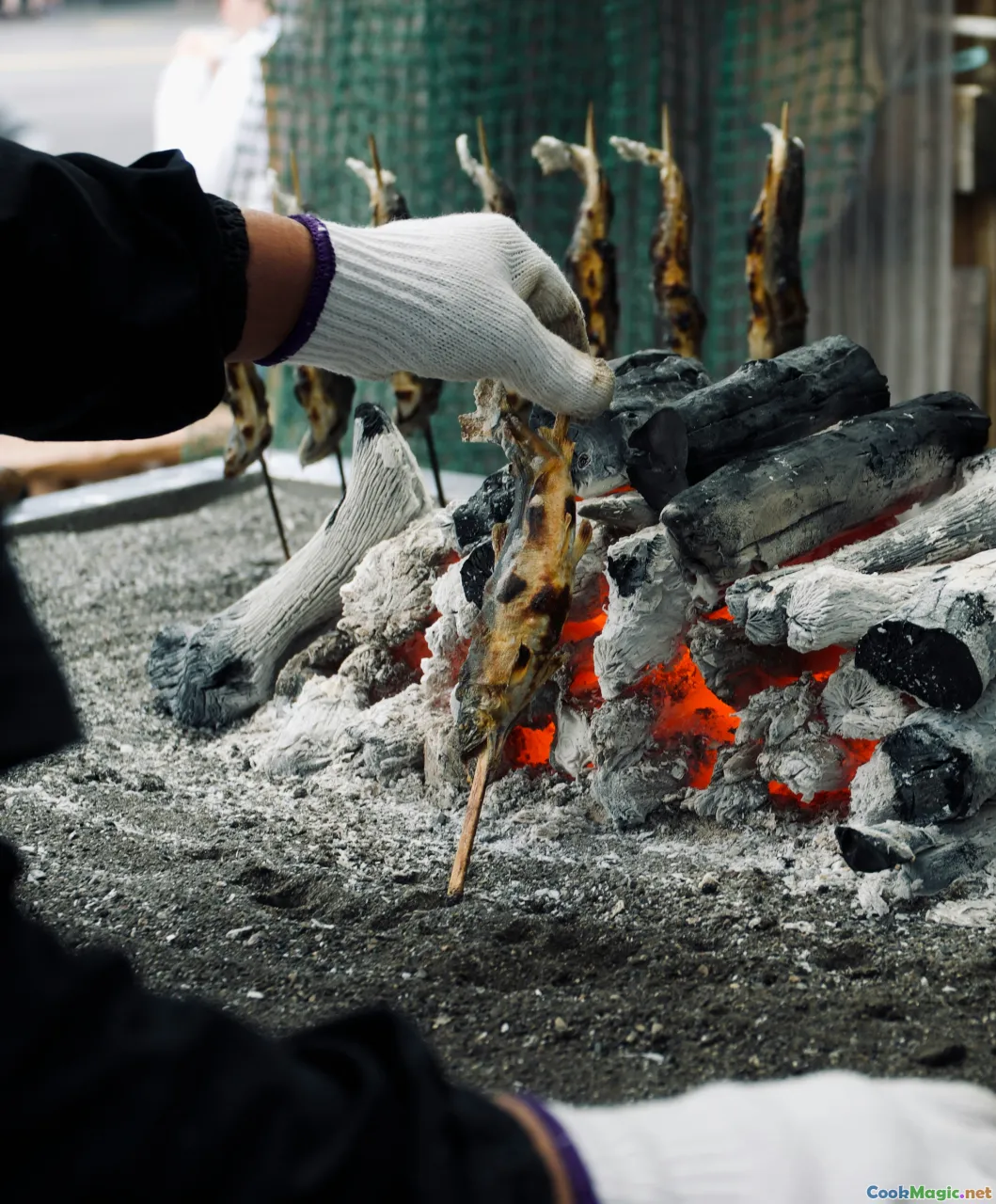
The Heart of Greek Orthodox Easter: Lamb Roasting as a Sacred Tradition
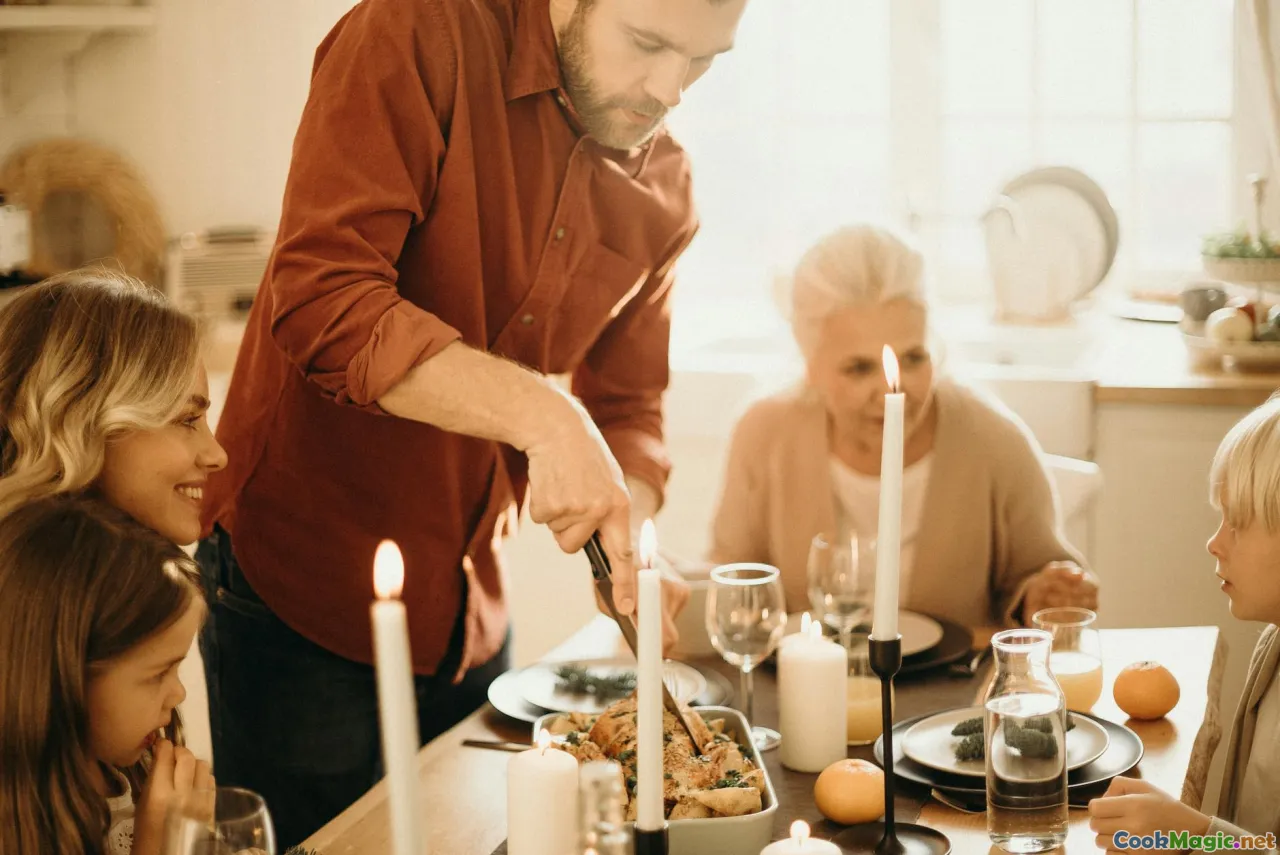
Spring in Greece breathes not only new life into the landscape but also a fervent anticipation for Easter—the most sacred and celebratory time of the year. Among its many culinary customs, the roasting of lamb stands as the symbolic centerpiece, a ritual steeped in history, devotion, and a delight for the senses. The aroma of seasoned lamb wafting through the air, the crackling of the spit, the vibrant hues of red wine, and the communal laughter create a tapestry of tradition that transcends mere cuisine—it's a heartfelt expression of faith, family, and cultural identity.
The Historical Roots of Lamb in Greek Easter Celebrations
Tracing back to ancient Greece and Christian roots, lamb has long been a symbol of sacrifice, renewal, and prosperity. Early Christians in Greece adopted lamb as a central feature of Easter feasts, echoing the biblical Passover and the Last Supper. The tradition was further reinforced through Byzantine influence, where the lamb represented Christ as the Lamb of God.
In rural villages, families would raise lambs for special occasions, christening them as more than just food—they were embodiments of hope and continuity. Over centuries, this ritual evolved into a community-centered act, with each family diligently preparing their own lamb, often choosing the most tender and well-fed specimen to honor the sacred occasion.
The Preparation and Rituals: From Market to Spit

Preparing for Easter, families venture to local markets or butcher shops to select the perfect lamb—plump, firm, with white wool and bright eyes. Often, the lamb is a treasured family addition, sometimes even raised themselves. An essential ritual is the dressing and cleaning of the lamb, a communal activity that connects generations.
Marinated with aromatic herbs, garlic, and olive oil—ingredients mirror the Greek landscape—they are as vital to the ritual as to the flavor. Common herbs include rosemary, oregano, thyme, and fresh parsley. Lemon slices are often inserted into the cavity to infuse tenderizing and added zest.
The ritual preparation culminates in seasoning, where garlic-stuffed holes, herbs rubbed into the meat, and a generous drizzle of olive oil create a flavorful crust that promises a symphony of savory highlights.
The Art of Roasting: Spit, Tradition, and Technique
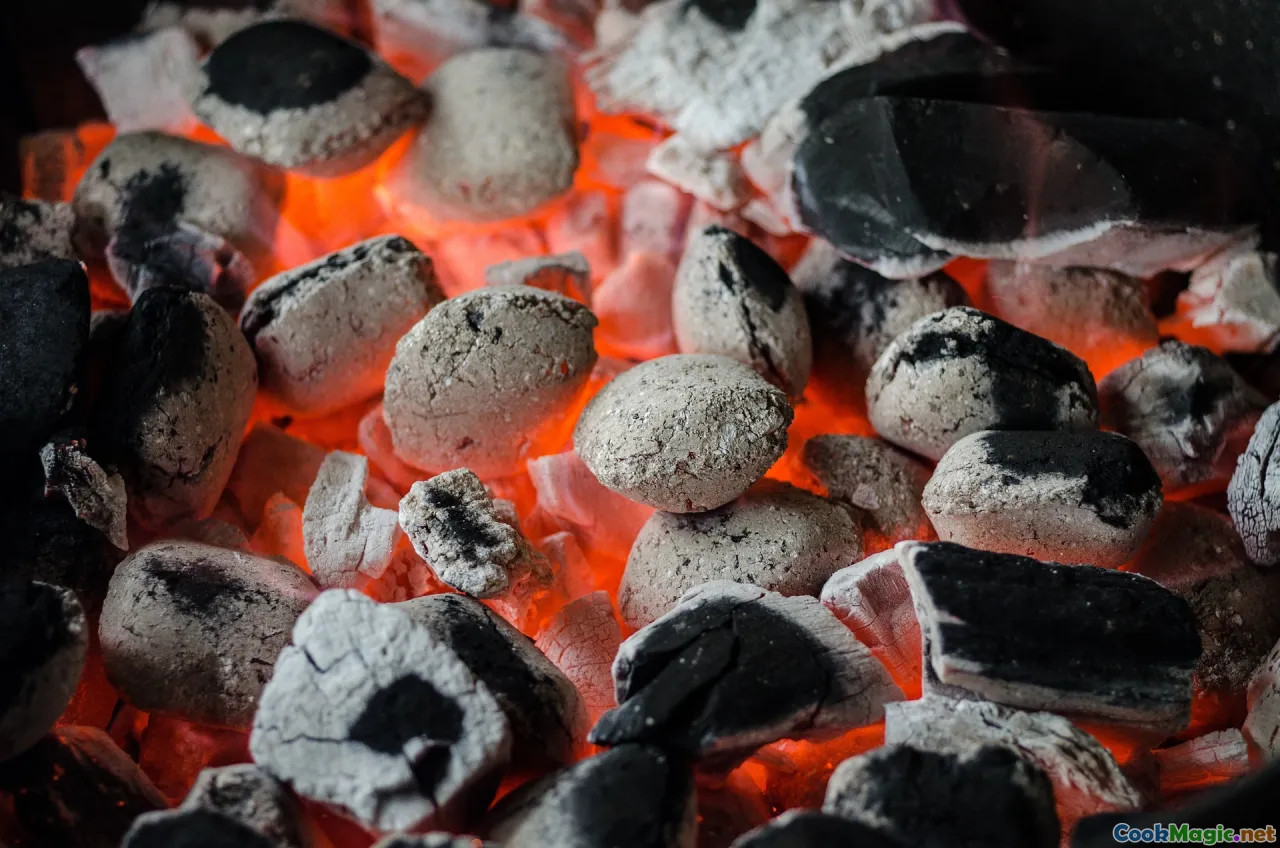
Traditionally, the roasting of lamb takes place outdoors on a large, sturdy spit—a towering assembly fueled by charcoal or wood, creating a smoky glow that imbues the meat with depth and complexity.
Building the spit involves a skilled hand—securing the lamb firmly, ensuring it’s balanced, and turning it slowly over the glowing embers. The process can take several hours—sometimes an entire afternoon—during which family members gather around, sharing stories, laughter, and sounds of the crackling fire.
Achieving perfect texture requires patience. The exterior develops a beautifully charred, crispy crust, while the interior remains tender and juicy. The rotation ensures even cooking, resulting in pieces that fall effortlessly from the bone—melt-in-your-mouth bites perfumed with garlic, herbs, and smoky undertones.
Embellishing the Feast: Side Dishes and Symbolic Ingredients
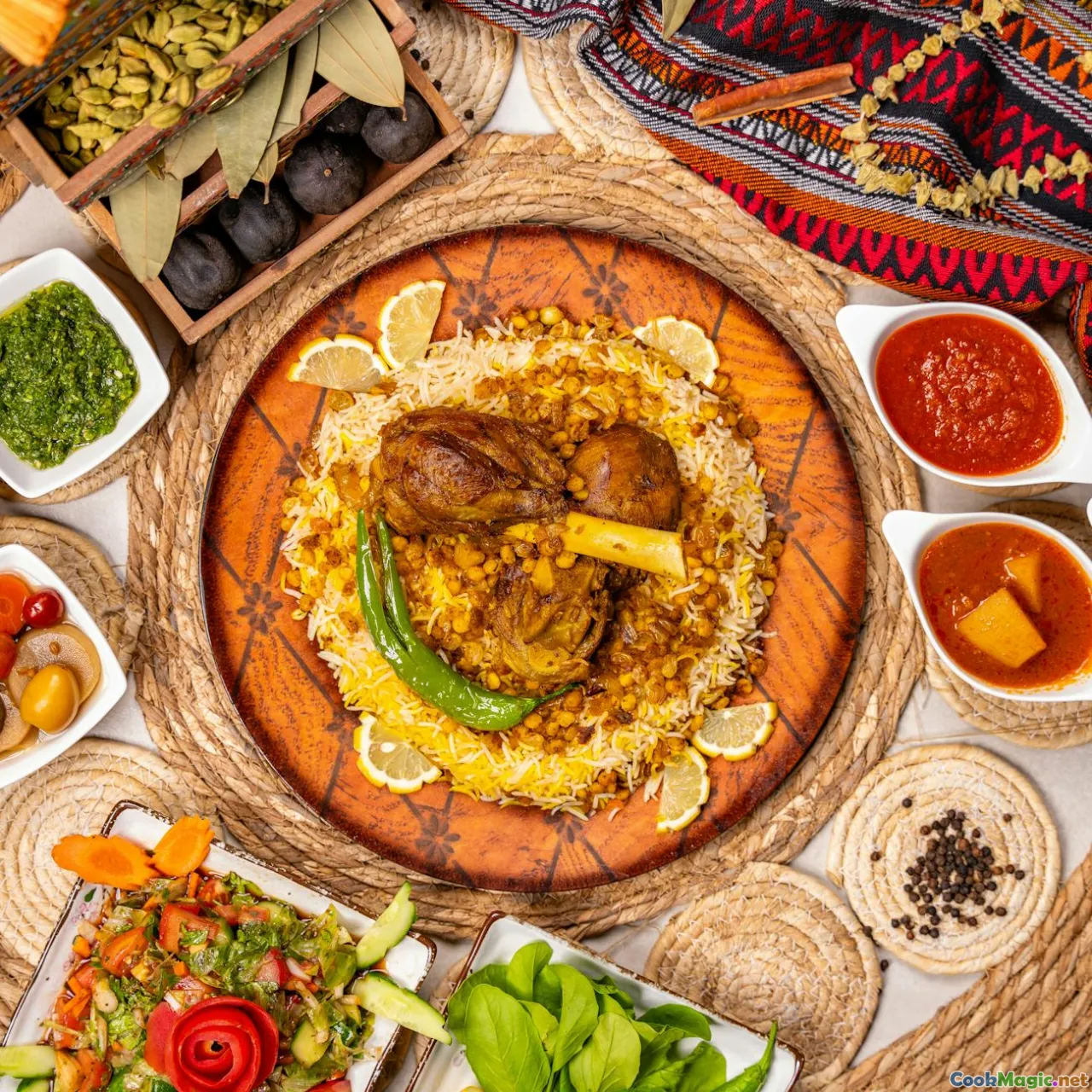
The lamb is rarely alone; it is accompanied by a vibrant array of side dishes—each carrying cultural symbolism.
*Lagana Bread—a soft, unleavened bread symbolizing simplicity, woven into the feast.*Artichoke and Asparagus—seasonal greens representing renewal, often grilled or boiled.*Roasted Potatoes—crisp on the outside, fluffy on the inside, seasoned with herbs and lemon.*Red Egg Decorations—conventionally, hard-boiled eggs dyed crimson as a reminder of Christ’s sacrifice, cracked open with a gentle tap during the liturgy, symbolizing rebirth and new life.*Lemon and Olive Condiments—placing the flavors of Greece on the table, their bright acidity and rich oil helping to elevate every bite.
The Cultural Significance and Emotional Resonance
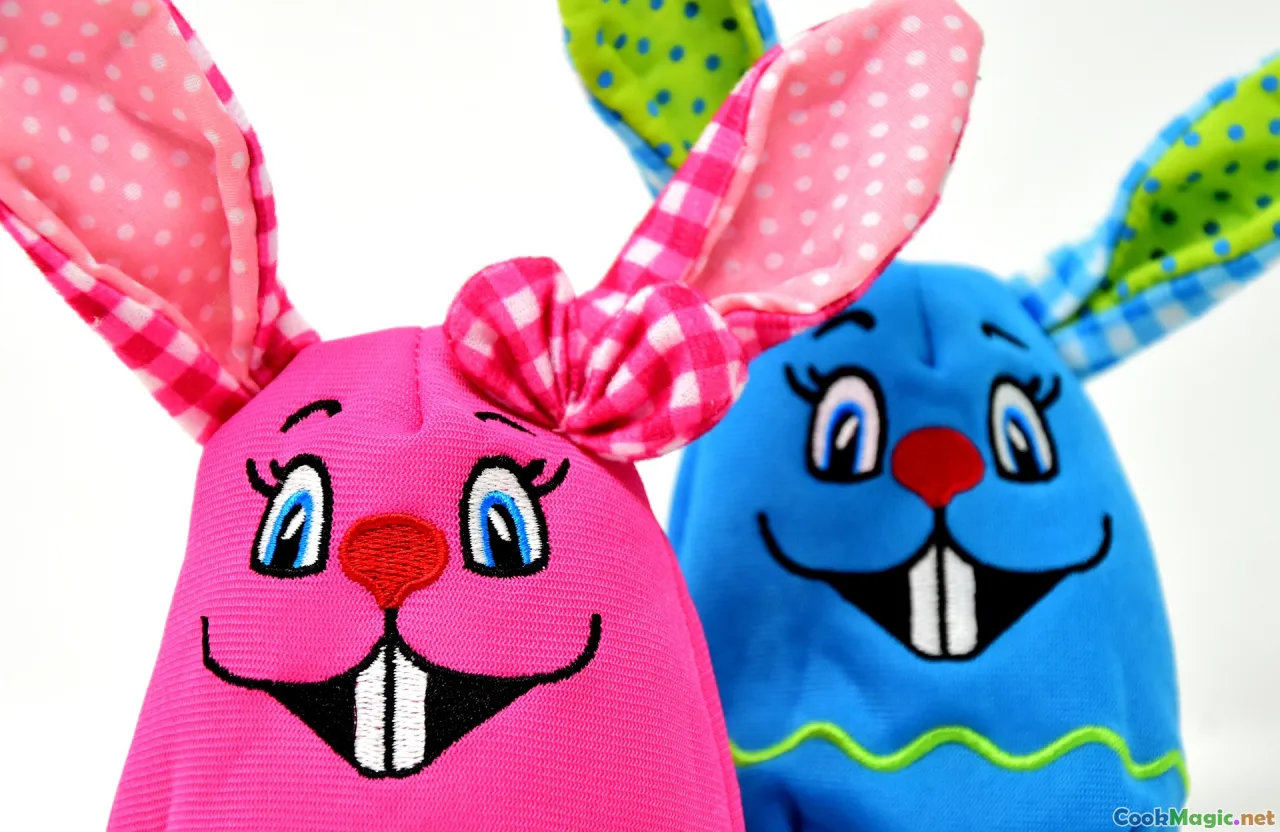
Roasting lamb on Easter is more than a culinary act; it’s a ritual of unity, faith, and cultural pride. Families gather before dawn to start the process, praying and singing hymns as the flame gently works its magic.
In many villages, the event is accompanied by a religious procession, visiting churches, and engaging in communal prayers. The aroma of lamb roasting becomes a beacon of hope, drawing neighbors together and reinforcing social bonds.
Children eagerly watch the spit turn, their faces lit with wonder, while elders reminisce about Easters past. Sharing the meal—the tender lamb along with an array of mezedes—serves as an affirmation of life, resilience, and the continuity of Greek traditions.
Personal Insights: An Unforgettable Easter Lamb Experience
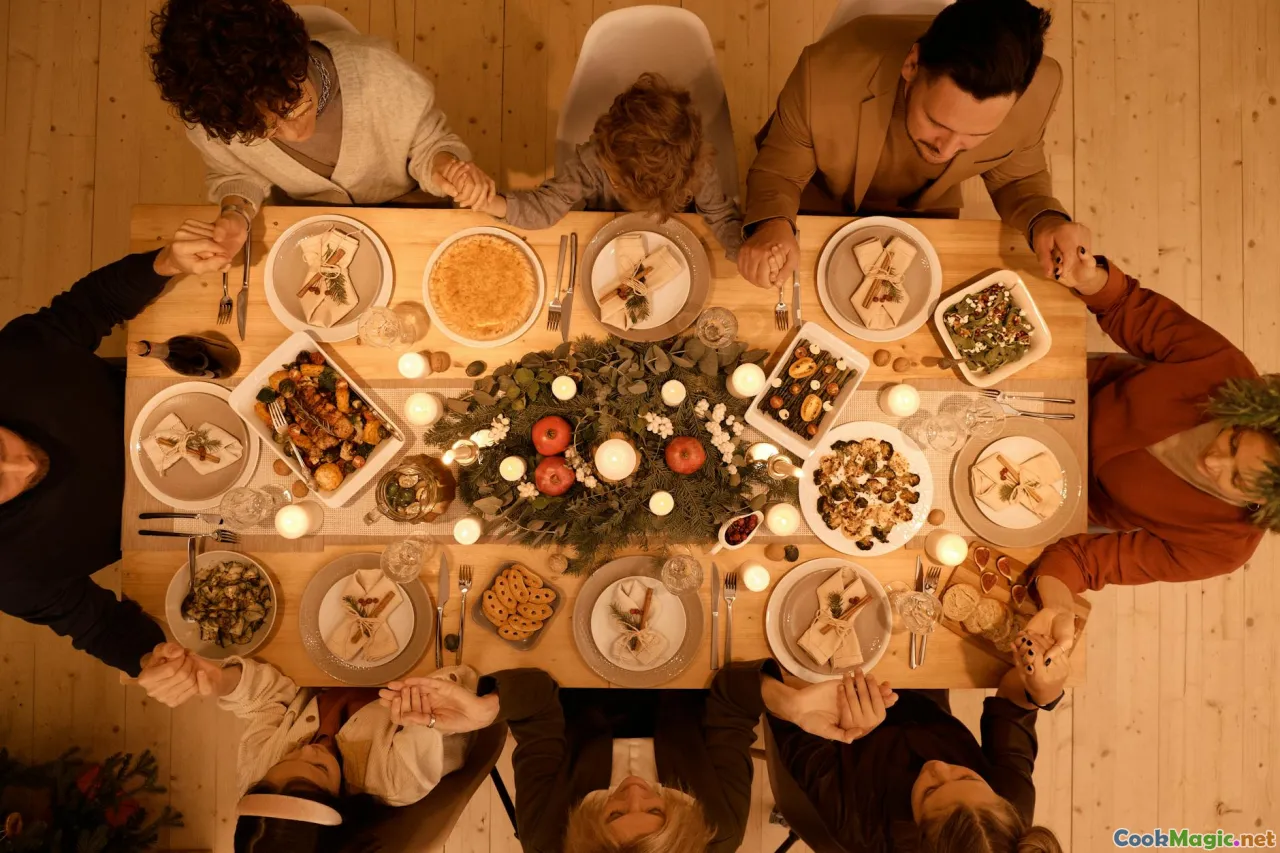
My personal journey with Greek Easter lamb roasting rituals is a vivid blend of sensory indulgence and heartfelt connection. I vividly recall my first encounter—standing barefoot in a village courtyard, the scent of roasted lamb swirling with the sweet aroma of blooming oleander, while an elderly grandmother cracked eggs with a gentle tap, a sacred ritual of rebirth.
The crackle of the fire, the tactile pleasure of seasoning with fresh herbs, and the communal rhythm of turning the spit remain etched in my memory. It’s a reminder that these rituals transform cooking into a sacred act—an act of honoring ancestors, faith, and community.
Tips for Replicating the Ritual at Home
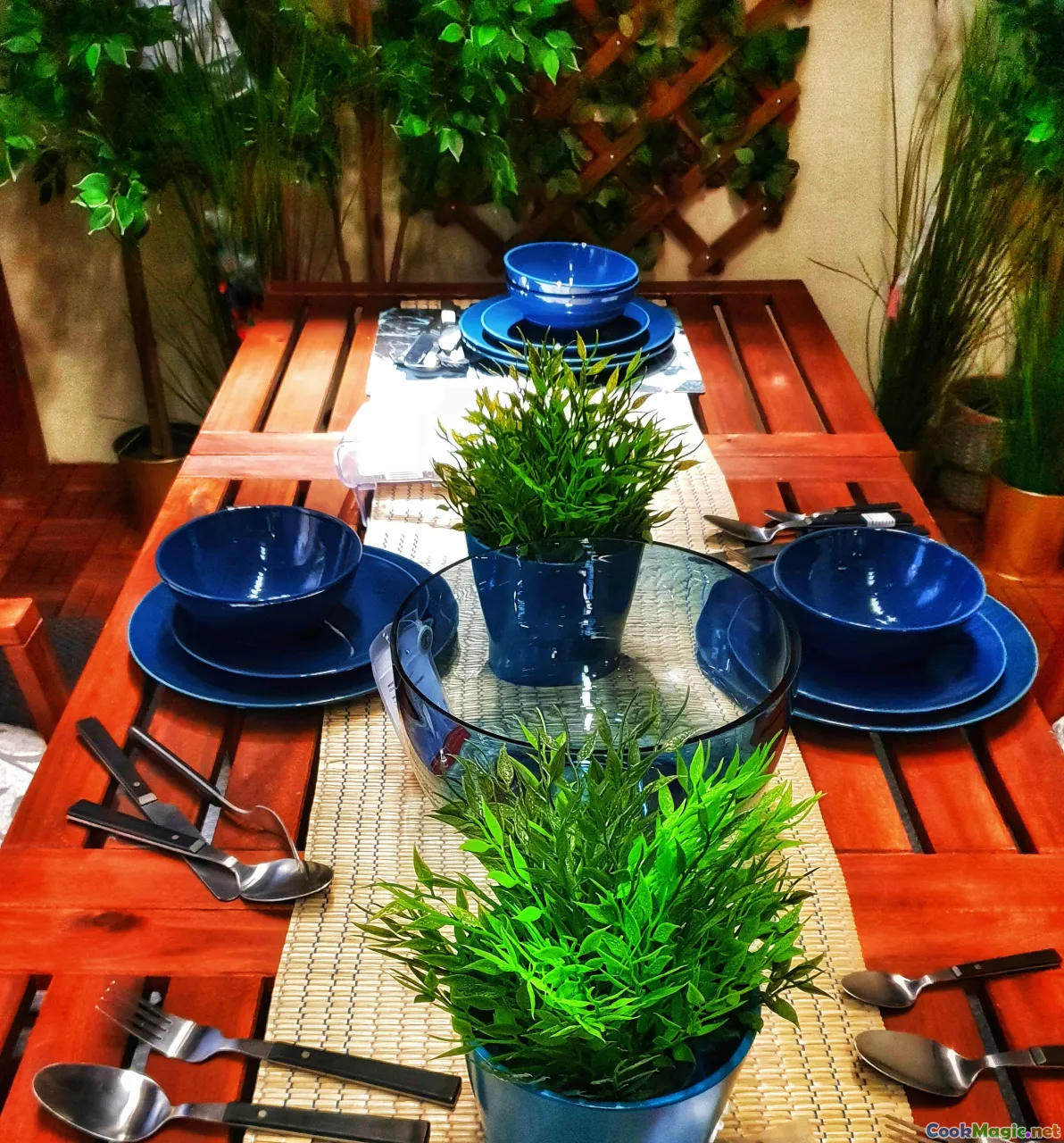
While many Greek villages boast authentic outdoor spits, you can recreate the magic at home with some savvy adaptation.
- Choose the Right Lamb: Opt for a whole lamb or shoulder cut, preferably pasture-raised for flavor.
- Marinate Thoughtfully: Combine garlic, rosemary, oregano, lemon juice, and olive oil. Allow the meat to marinate overnight.
- Prep Your Equipment: If outdoor roasting isn’t feasible, use a large roasting pan or a rotisserie oven.
- Create a Flavorful Crust: Rub the seasonings generously over the meat, tuck garlic and herbs into slits.
- Control the Heat: Use a meat thermometer to ensure optimal cooking—about 1.5 to 2 hours at 350°F (175°C) for a tender, juicy result.
- Sauces and Accompaniments: Serve with lemon wedges, fresh herbs, and a side of Greek salad.
A Time-Honored Celebration of Life and Faith
The roasting of lamb during Greek Easter exemplifies more than a culinary tradition—it’s an emblem of hope, renewal, and an unbreakable link with faith and culture. In every crackling sound, tender slice, and shared bite, there lies centuries of history, family bonding, and spiritual reflection.
So, whether you find yourself in a Greek village replete with cobblestone streets, or in your backyard recreating the feast, remember: this ritual is an offering of love and tradition—something that unites us through the ages and into the future.
Let the aroma of roasted lamb remind us of the sacred flame within, igniting our shared humanity around the table each springtime.









